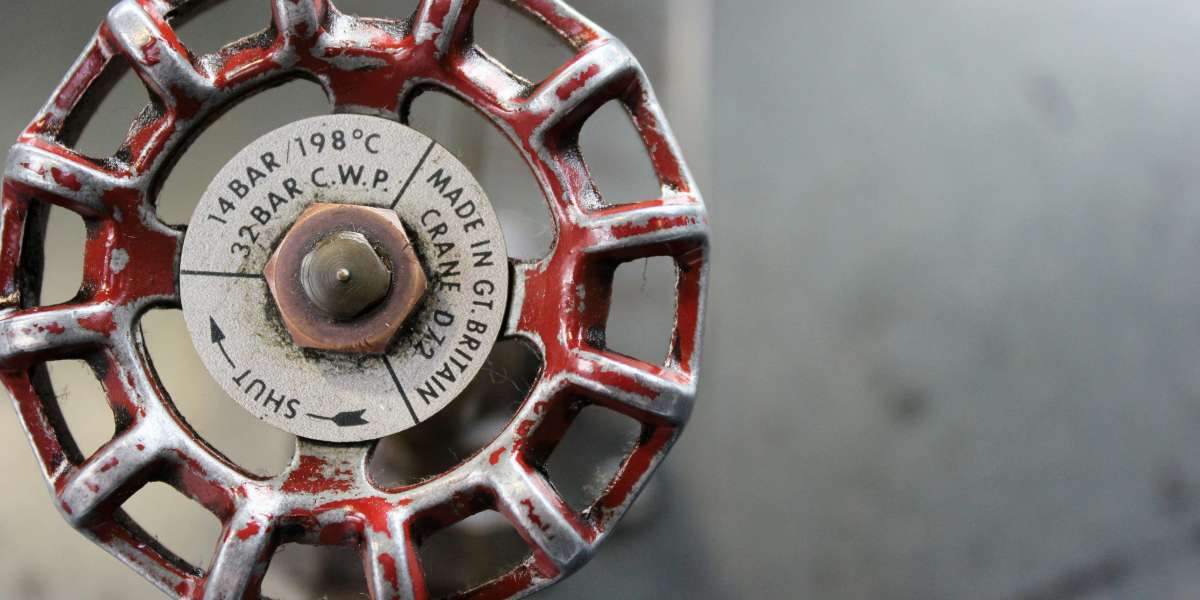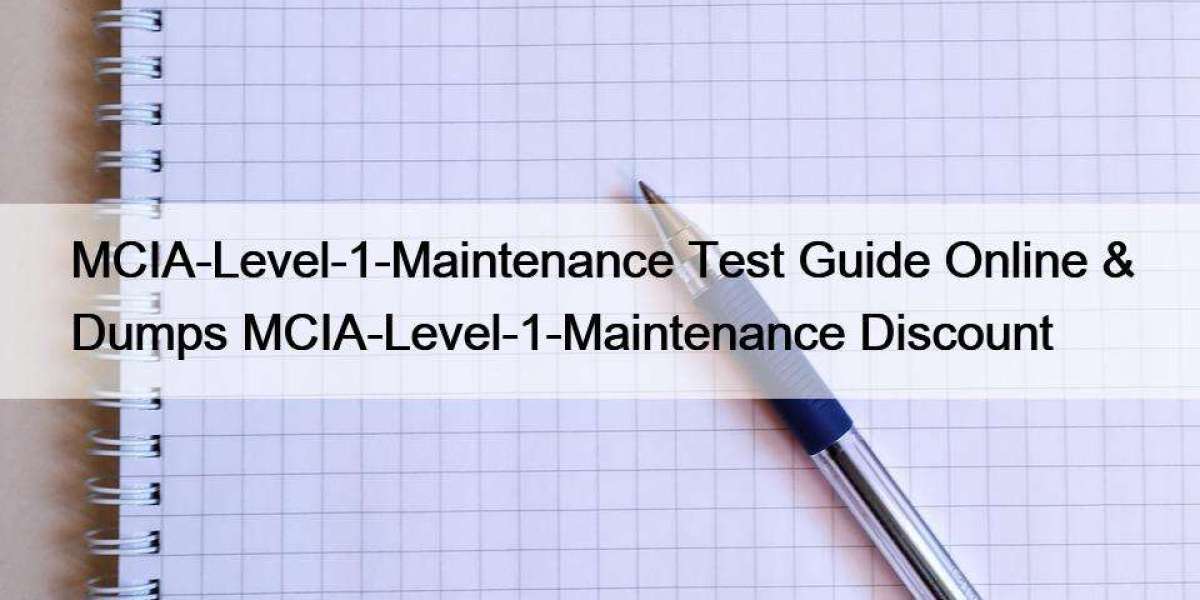Globe valves are workhorses in the industrial world, used to regulate fluid flow in various applications. They offer reliable shutoff and throttling capabilities, making them a popular choice for diverse piping systems. However, like any mechanical equipment, proper maintenance is crucial to ensure their smooth operation and longevity. This article provides a comprehensive guide to everything you need to know about globe valve maintenance.
Understanding the Importance of Maintenance
Regular maintenance of globe valves offers numerous benefits, including:
- Enhanced Performance:Proper maintenance ensures smooth operation, preventing sticking, leakage, and difficulty in opening or closing the valve. This translates to better flow control and system efficiency.
- Extended Lifespan:By addressing minor issues before they escalate, you can prevent premature valve failure and extend its service life. This saves you the cost of premature replacements and downtime.
- Improved Safety:Regular inspections help identify potential safety hazards like leaks or cracks, allowing timely repairs to prevent accidents and environmental damage.
- Reduced Operational Costs:Proactive maintenance helps prevent costly downtime and repairs associated with valve failures.
Essential Maintenance Procedures
A comprehensive globe valve maintenance program involves various procedures, categorized as external and internal maintenance:
External Maintenance:
- Visual Inspection:Regularly inspect the valve for any visible signs of damage, such as cracks, dents, or corrosion on the body, bonnet, and handwheel.
- Leakage Check:Look for leaks around the packing, bonnet joint, and flange connections. Even small leaks can indicate a potential issue requiring attention.
- Lubrication:Lubricate the stem threads and packing to ensure smooth operation and prevent seizing. Use the manufacturer-recommended lubricant for compatibility.
- Cycle the Valve:If the valve is not used frequently, it's crucial to cycle it periodically (open and close it fully) to prevent the disc from sticking to the seat.
Internal Maintenance:
This usually involves taking the valve out of service and performing a more detailed inspection, which should only be done by qualified personnel following the manufacturer's instructions. Here's a general overview:
- Isolation and Depressurization:Ensure the valve is properly isolated from the system by closing upstream and downstream valves and releasing any pressure before disassembly.
- Disassembly:Following the manufacturer's guide, disassemble the valve to access internal components like the disc, seat, and packing.
- Inspection:Thoroughly inspect the disassembled parts for signs of wear, tear, corrosion, or damage. Pay close attention to the sealing surfaces of the disc and seat, as these are critical for leak prevention.
- Cleaning:Clean all the components with appropriate cleaning agents, removing any dirt, debris, or scale buildup that might hinder proper operation.
- Replacement:If any components are damaged or worn beyond acceptable limits, replace them with genuine manufacturer-approved parts.
- Reassembly:Carefully reassemble the valve following the manufacturer's instructions and ensuring proper torque on all bolts and connections.
- Leak Testing:After reassembly, perform a leak test to ensure the valve is functioning correctly and there are no leaks.
Frequency of Maintenance
The frequency of maintenance for globe valves depends on several factors, including:
- Service Conditions:Valves operating in harsh environments with high pressure, temperature, or corrosive fluids require more frequent maintenance compared to those in less demanding conditions.
- Operating Frequency:Valves used frequently may need inspection and lubrication more often than those used infrequently.
- Manufacturer's Recommendations:Always refer to the manufacturer's manual for specific maintenance intervals and procedures for your particular valve model.
Generally, it's recommended to conduct external inspections monthly and schedule internal maintenance every 1-2 years, depending on the factors mentioned above. It's also crucial to address any identified issues promptly to prevent further complications.
Additional Tips
- Maintain detailed maintenance records:Document all maintenance activities performed on the valve, including the date, type of work done, and replaced parts. This information is crucial for future reference and tracking valve performance.
- Invest in proper tools and training:Ensure personnel performing maintenance have the necessary tools and training to handle the specific valve model safely and effectively.
- Seek professional help when needed:For complex repairs or situations beyond your expertise, don't hesitate to seek assistance from qualified valve service professionals.
By following these guidelines and implementing a proper maintenance program, you can ensure your globe valve operate reliably and efficiently for years to come, contributing to a safe and cost-effective operation of your entire system.








